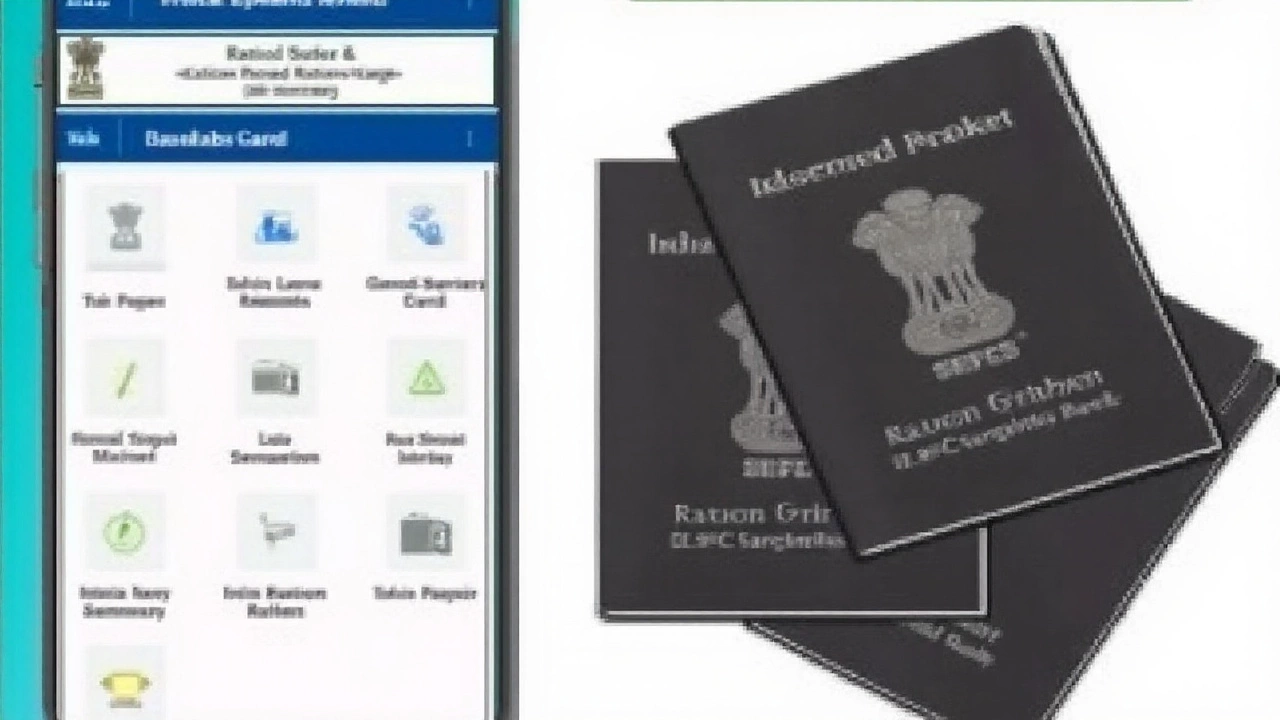Mera Ration – How to Get Your Ration Card and What It Means for You
If you’ve heard the term “Mera Ration” and wonder what it actually does, you’re in the right place. It’s simply the government’s way of making sure families have access to essential food items at low cost. The whole system is called the Public Distribution System (PDS), and a ration card is your pass to it.
First off, anyone living in a rural or urban area can apply for a ration card. The main requirement is proof of residence and identity – things like an Aadhaar card, voter ID, or a recent utility bill work fine. Once you submit the forms, the local office checks your details and issues a card that lists the number of family members. That number decides how much grain, sugar, and other staples you can collect each month.
How to Apply for a Ration Card Quickly
The fastest route is to go online. Most states have a portal where you fill in basic details, upload your documents, and track the status. If you prefer an offline approach, visit the nearest PDS office with your documents and a passport‑size photo. The clerk will give you a form, and within a few weeks you should receive the card by post.
Keep the card safe – you’ll need it every time you visit the fair price shop. Some states also allow you to link your card to a mobile number, so you get SMS alerts about stock updates or when your quota is reset.
What Benefits Come with Mera Ration?
With a valid ration card you can buy wheat, rice, sugar, kerosene, and sometimes pulses at prices set by the government. The amount you get depends on the type of card – a BPL (Below Poverty Line) card usually gets a larger share than an APL (Above Poverty Line) card. In many places, the scheme now includes cooked meals and dairy products, making it even more useful.
Besides food, the card often acts as proof for other welfare programs, like scholarships or health insurance. So it’s worth keeping it updated if your family size changes – add new members or remove those who have moved out.
One common question is about the “Mera Ration” app many states have launched. The app mirrors the physical card, showing your remaining quota, nearby shop locations, and any upcoming changes. If you’re comfortable with smartphones, downloading the app can save you a lot of trips.
Finally, remember that the system relies on honest reporting. If you notice discrepancies – like missing stock or incorrect balances – report it to the local authority. Your feedback helps keep the distribution fair for everyone.
In short, Mera Ration is a straightforward way to secure essential groceries at low prices. Get your card, stay updated through the portal or app, and make the most of the benefits. It’s a small step that can make a big difference for your household budget.
Posted by
Arvind Suryavanshi
0 Comments

By 2025, most states let you check your ration card status online. Here’s a clear guide to using state PDS portals, the NFSA portal, Mera Ration on UMANG, and Common Service Centres. Learn the steps for e-KYC with Aadhaar, how to download an e-ration card, what each status means, and what to do if your application is stuck or rejected.
read more